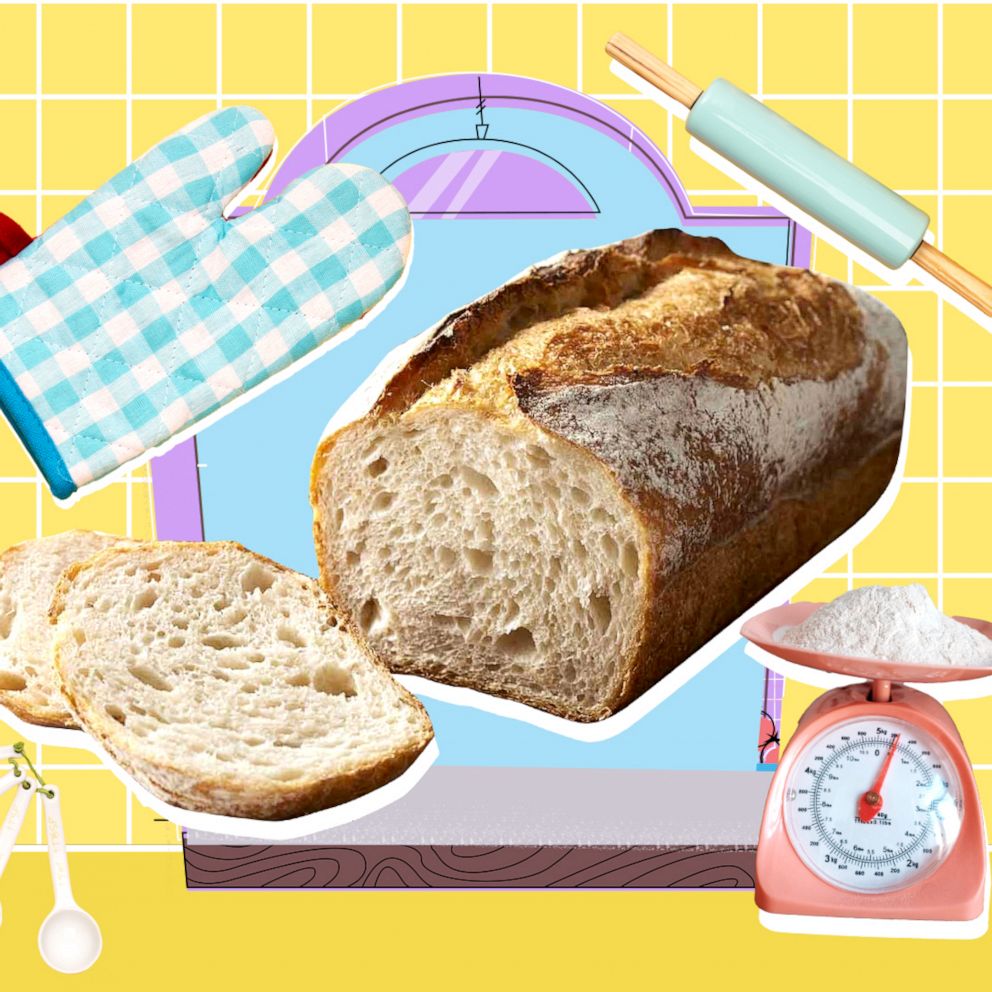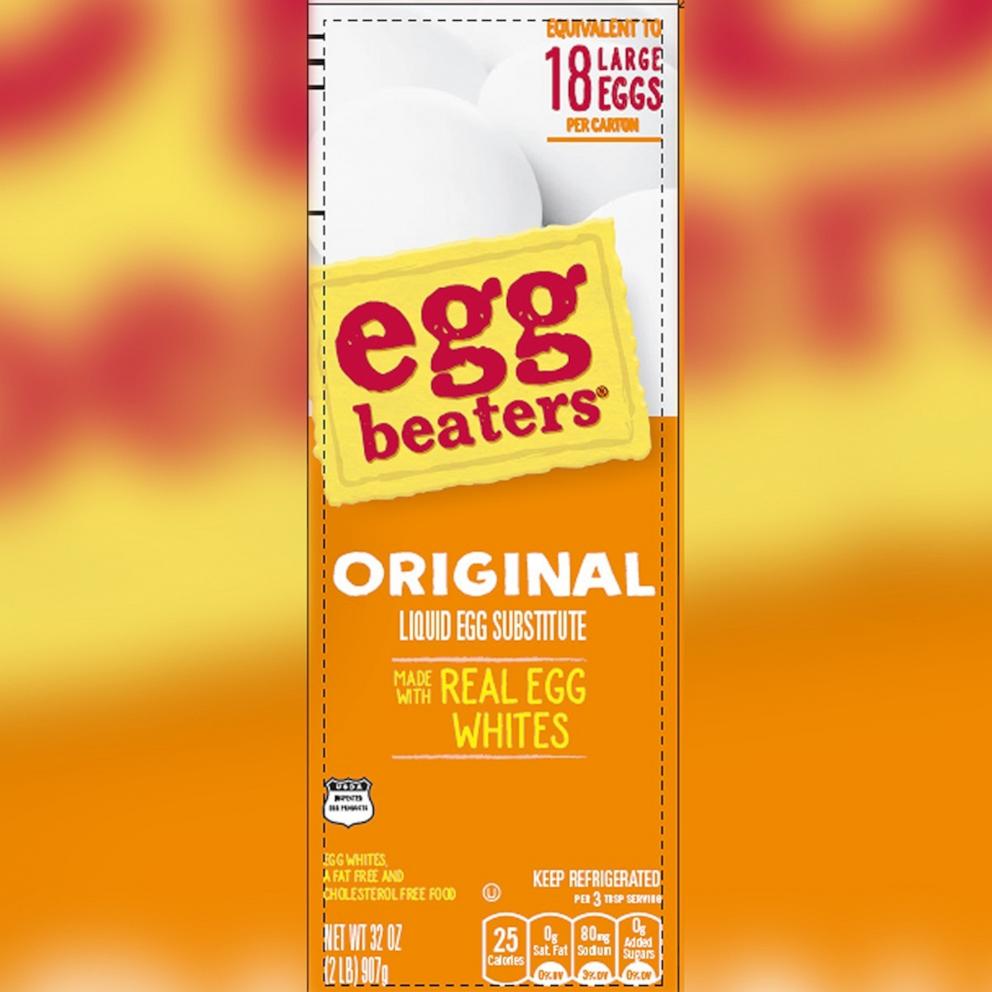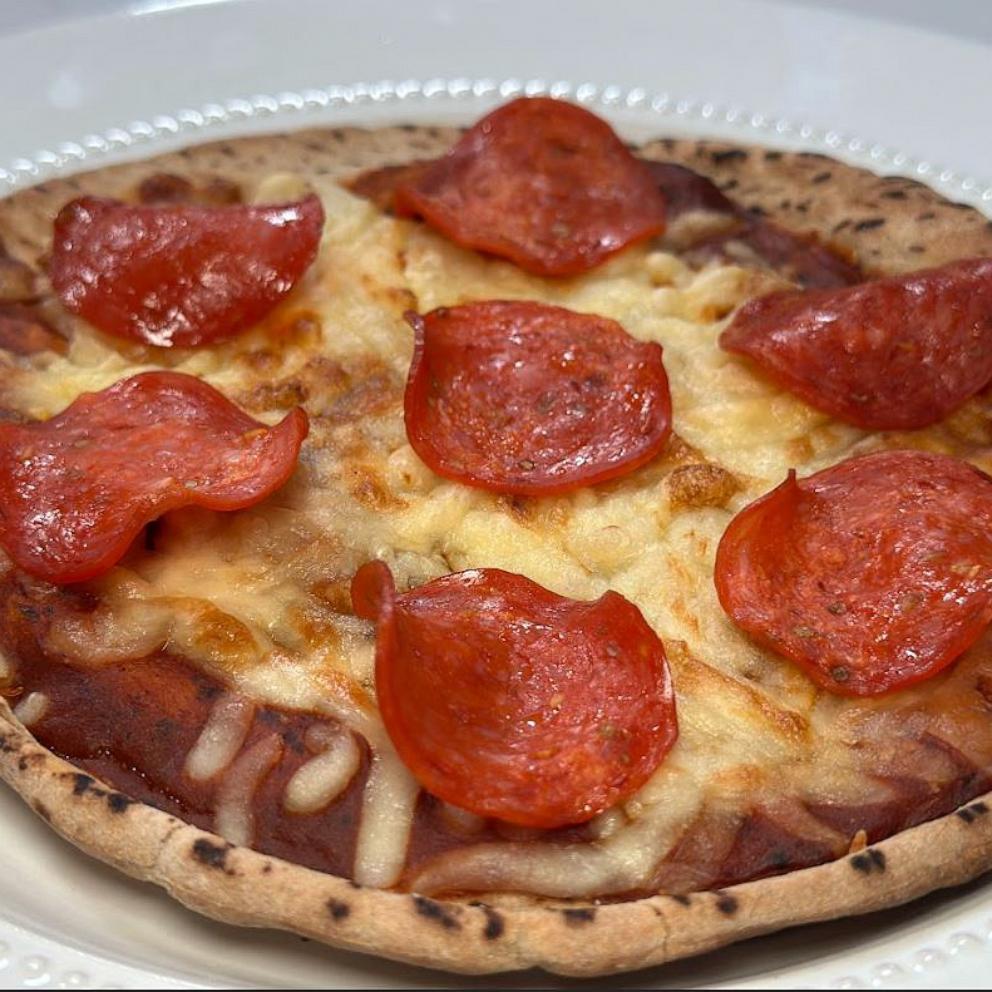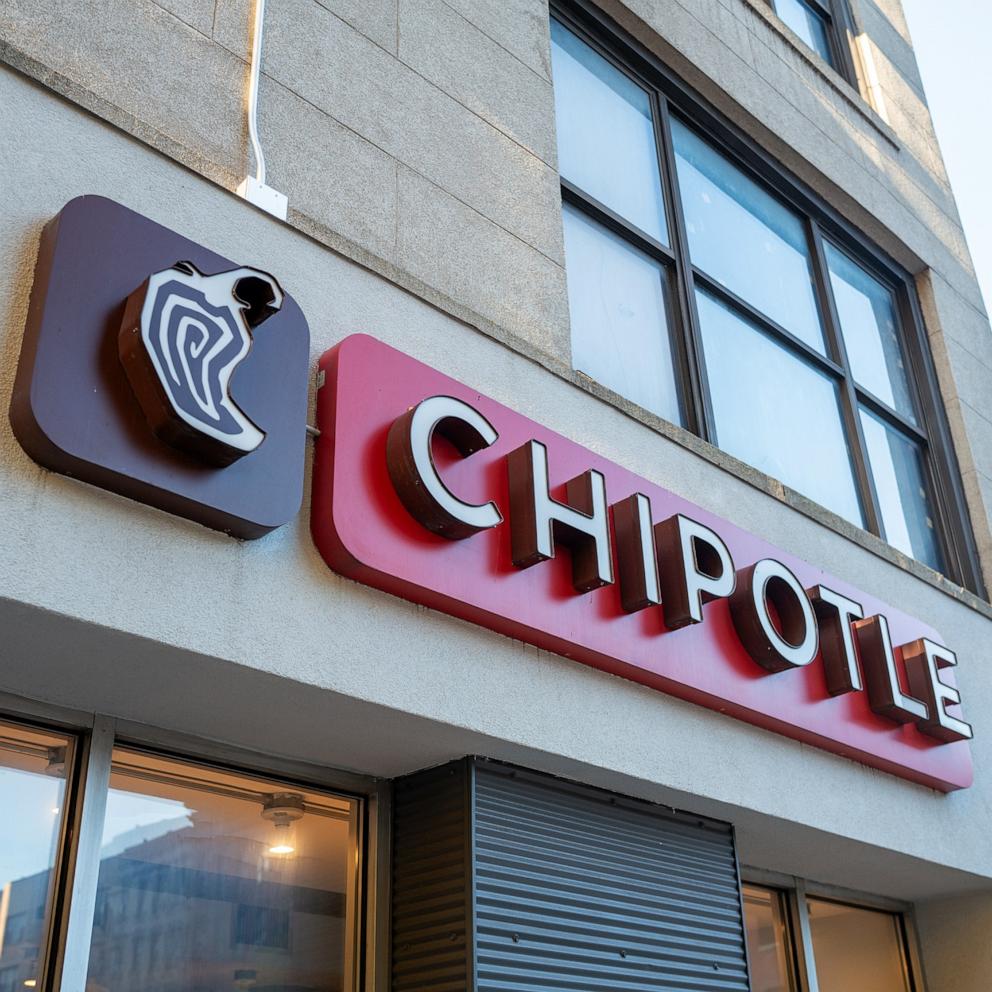Back to Basics: What you 'knead' to know about making bread from a master baker
After a year into the pandemic, the rise of baking bread has been one trend that has endured among home cooks.
Building confidence in the kitchen begins with an eagerness to learn and the right recipes, tools and techniques. That's why "Good Morning America" Food is helping you get back to basics with expert culinary advice to help simplify success in your kitchen.

The art and science involved in making bread can seem daunting at first, but with some flour, water, salt and yeast -- there's no knead to stress.
Award-winning author and baker at King Arthur Martin Philip shared his best baking advice with "GMA" from baseline do's and don'ts to easy tactics and recipes.
"I think people are fearful of what is perceived as the intense level of accuracy," Philip told "Good Morning America." "I would say don’t bring too much anxiety with it, that will dissipate. It's a phase that you have to go through, like fitness -- once you get yourself fit, running doesn't feel like such drudgery and it opens you up to do all of these things."
Baking is a big world. Here's how to start.
"I always encourage bakers of all types and interests to just get into it and find the joy in the making. Then you can divide yourself into categories," Philip explained.
Importance of a tried-and-true recipe
Whether it's traditional yeast bread baking or fermented leaveners such as sourdough, Philip said "begin with a recipe that you know works and has been tested 1,000 times and has many, many reviews -- then focus on quality ingredients and proper measurements."
Your time is valuable and your ingredients are valuable so start with a good recipe.
Measure accurately
Like many professional bakers, when it comes to bread making, Philip suggests home bakers steer clear of cup measures; "the reason is that every manufacturer has a different quantity in those cups -- I like the accuracy of a scale."
"If I say, 'go get 120 grams of all-purpose flour,' we're using the same language, and in that sense the scale becomes a communication device," he explained of the key to consistent baking.
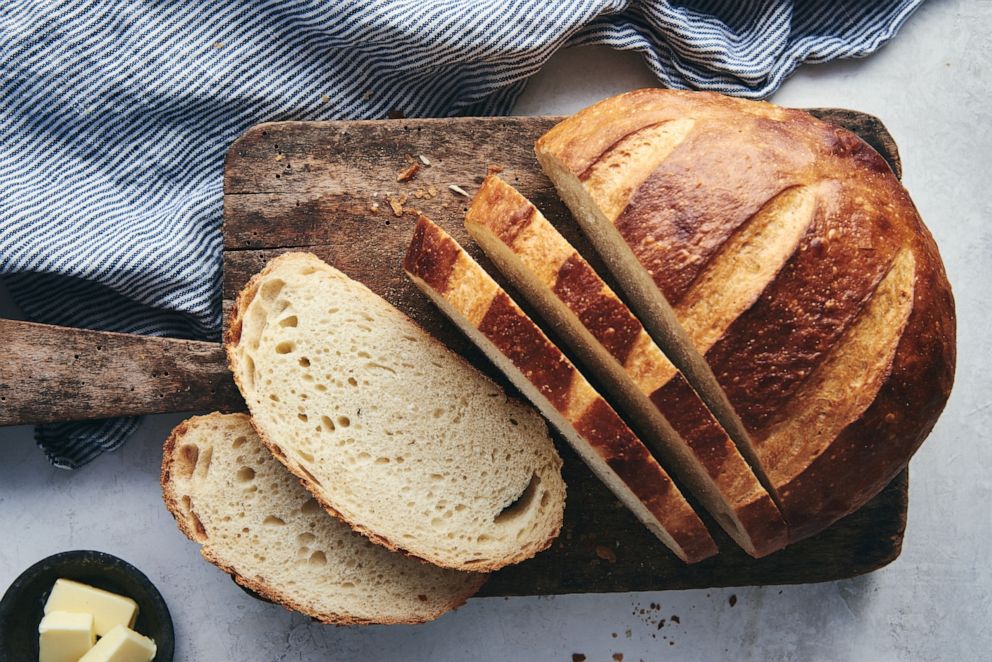
Create a cozy environment for dough to rise
"Be mindful of the environment where your dough is rising. If the room is 96 degrees, things move at a different rate of if a room is 72 degrees," he said.
Patience is paramount
"Bring your patience and eat your mistakes," he said, adding that how something looks is less important than how it tastes and makes someone feel.
The thing about sourdough starter...
Sourdough cultures are living organisms that require thoughtful maintenance in order for the bacteria and yeast to work harmoniously to flavor and leaven your bread.

"Things which are leavened through the activity of yeast and/or bacterial cultures really rely on environmental conditions," Philip said. "For example, don't leave it in a room that you wouldn't want to sit in without a light wrap on. If it's cold, you can kind of see it tighten up. But if you put it in closer by a room with the stove going, things sort of relax and respond to ambient conditions."
Ultimately, a successful starter recipe comes down to three things: "good quality base ingredients, proper measurements and decent environmental conditions conducive to the growth of yeast and bacterial cultures."
Since it's a bit more finicky than commercial yeast, Philip explained "you have to be a little bit more mindful as to what type of caregiver you're being." He shared his full resources for feeding and maintaining them here, which he noted was consistently in the No. 5 spot for total page views on King Arthur's website throughout the pandemic.
Additionally, Philip said there are many recipes, from sourdough biscuits to crackers and cakes that utilize sourdough discard -- the ingredients removed from the starter daily when it's time to adjust the cultures.
From there, Philip said novice bakers can graduate to hybrid techniques with recipes such as a sourdough baguette.
"You're combining this type of sourdough culture leavening with an aspirational technique that's traditionally yeasted," he said, adding that it creates more of a complexity to the bake.
Flour power
When bakers want to graduate from their early comfort zone, Philip said that's the perfect time to test recipes with various whole grain and alternative flours, but "start small with a recipe where someone else has done the testing."
Different flours require a different level of hydration to create and produce proper formation of gluten. So as much as home cooks may want to take a rustic pain de campagne recipe and make it with whole wheat, Philip cautioned against what he calls "cowboy cooking."
"If you're off-roading or doing cowboy cooking, don't rush into a baguette recipe that's written for all-purpose flour and just sub in 100% whole wheat," he said.
A starchier ingredient such as whole grain and bran, he said, "on the outside is much thirstier than the starchy endosperm [inside of the grain], so hydration changes and functionality changes."
Easy no-knead recipes
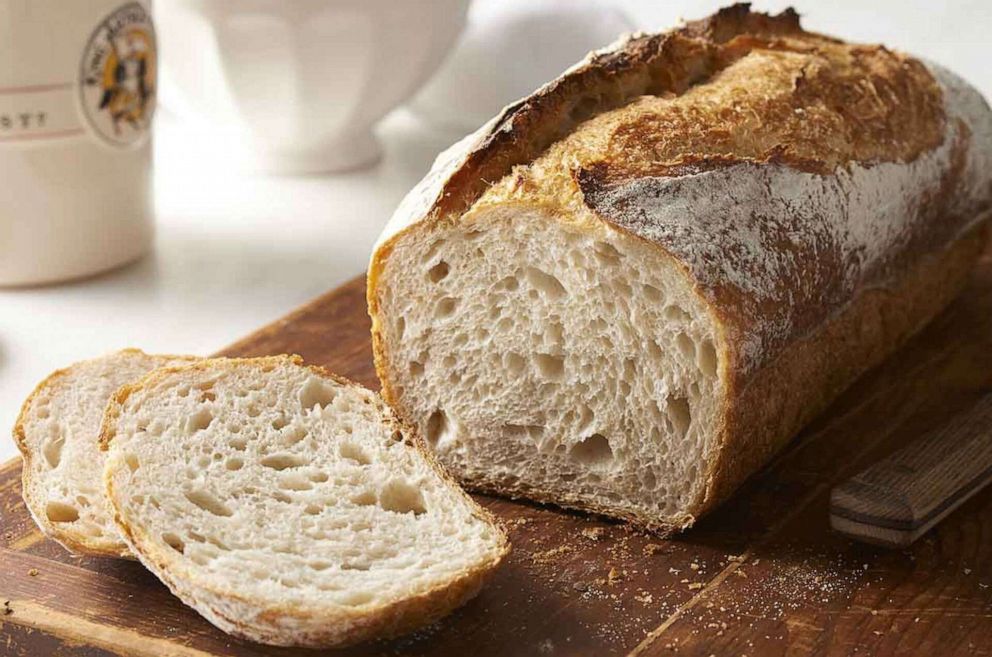
Many people hold the misconception that baking bread will automatically entail an onerous 20-minute arm workout standing at a countertop, but Philip said "you can actually get great bread in very few minutes of active work."
"The no-knead recipe -- which is simply combine flour, water, salt and yeast, stir briefly and leave on your counter for 12 to 24 hours -- recipes like that make the process more approachable."
In the last year, this highly sought-after sourdough version on King Arthur's website saw a 2,370% increase in views since the start of the pandemic.
Top recipes to start baking
This recipe for sourdough banana bread combines two beloved loaves of 2020.
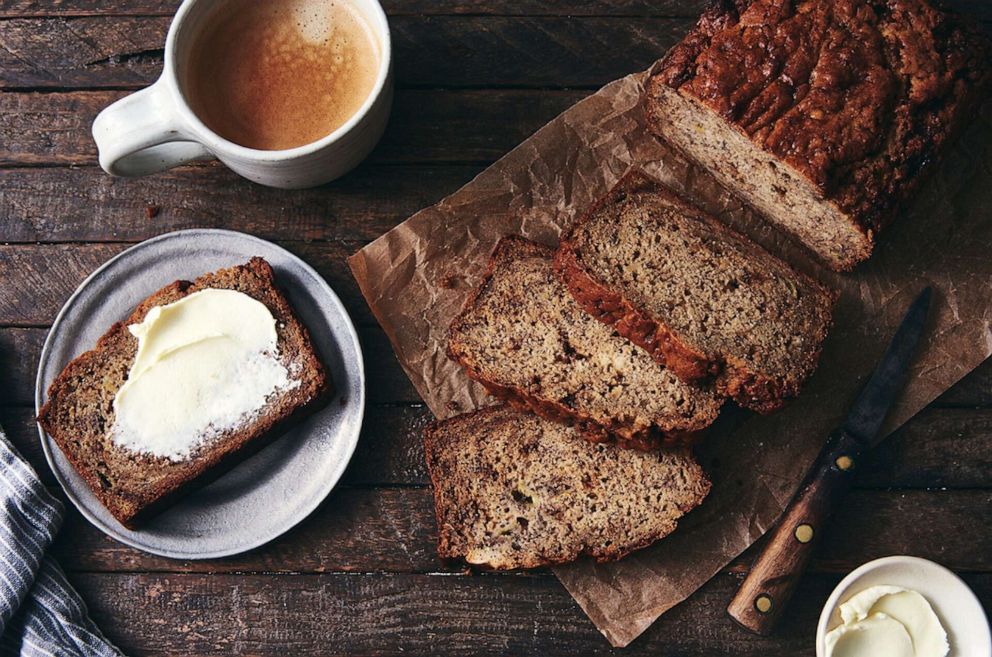
The father of three who lives in Vermont said throughout 2020, his family's weekly bread was a classic no-knead pain de campagne, or classic country bread, recipe from Maura Brickman.
"It's a very approachable, but very high quality bread," Philip said.
